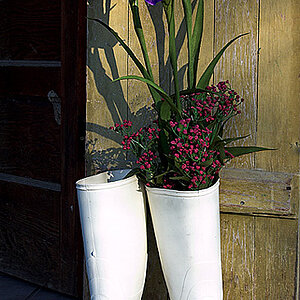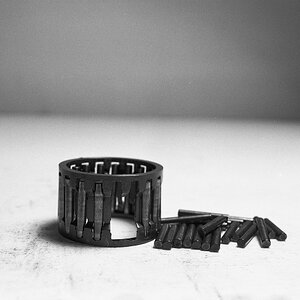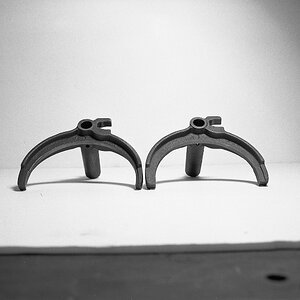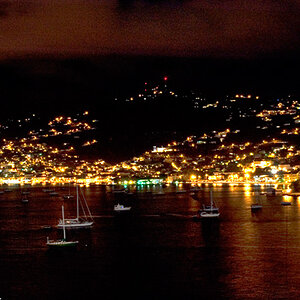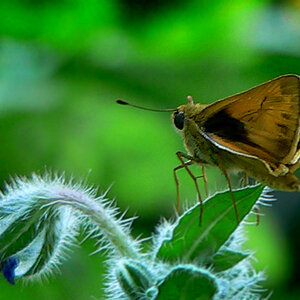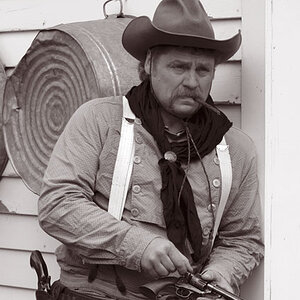qleak
No longer a newbie, moving up!
- Joined
- Dec 11, 2013
- Messages
- 629
- Reaction score
- 183
- Location
- Ohio
- Can others edit my Photos
- Photos OK to edit
I never saw the sun today, but wanted to shoot something anyway so I decided the stone buildings of the local university could be fun to shoot for some HDR practice. This is my 2nd attempt and 1st attempt where I understood I needed to tonemap after merging the files (ha ha)
1)

2)

C & C welcome, here's my own:
1) I really don't care for the angle, there's an obnoxious sign I'm going to climb on to try this one again. Since everything ended up rather dutch looking here. I didn't bother fixing the vertical.
2) I'd like to have had more of the right hand corner and less of the tree on this composition.
1)
2)
C & C welcome, here's my own:
1) I really don't care for the angle, there's an obnoxious sign I'm going to climb on to try this one again. Since everything ended up rather dutch looking here. I didn't bother fixing the vertical.
2) I'd like to have had more of the right hand corner and less of the tree on this composition.


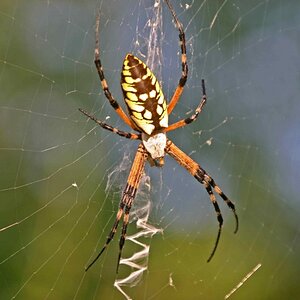
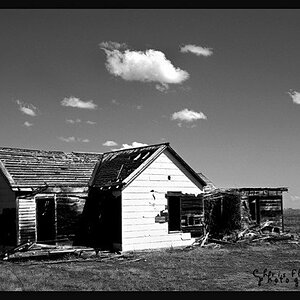


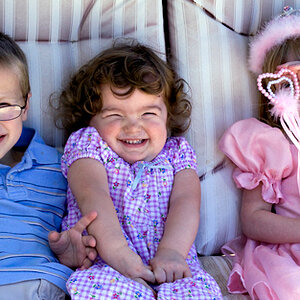
![[No title]](/data/xfmg/thumbnail/36/36134-64e77d33cc4c68e1253adc2879f24a96.jpg?1619737387)
